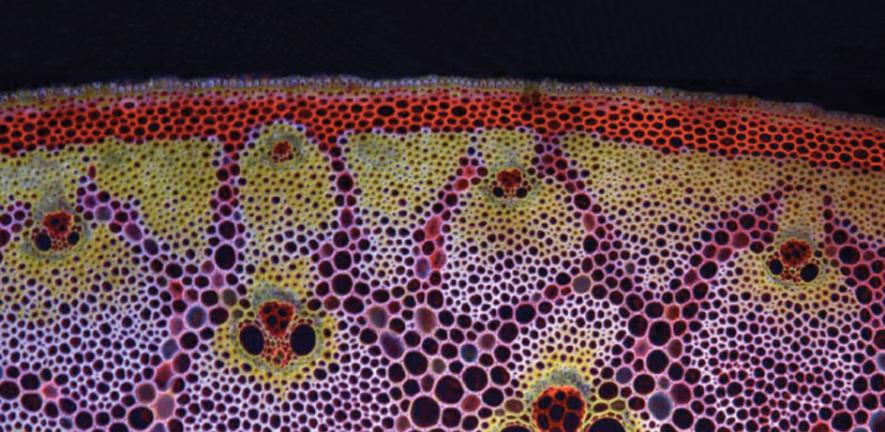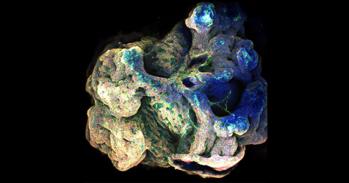
Creating circuits from multiple components is routine in engineering. Can living systems be constructed using similar principles?
Creating circuits from multiple components is routine in engineering. Can living systems be constructed using similar principles?
Synthetic biology uses well-characterised and reusable genetic components in combination with numerical models for the design of biological circuits.
Living systems are complex, often involve tens of thousands of genetically encoded components, and possess feedback mechanisms for self-organisation, reproduction and repair. They produce functional structures that are many orders of magnitude more complex than the most sophisticated man-made artefacts known today. It is generally accepted that understanding such complex genetic systems requires more than a description of its component parts; knowledge of the dynamic interactions within a system is also essential. The emerging field of synthetic biology aims to employ principles of standardisation and decoupling, well known in engineering, to construct complex biological circuits that behave just like living systems.
Scaling up from microbes
Synthetic biology uses well-characterised and reusable genetic components in combination with numerical models for the design of biological circuits. For microbes, this approach is providing a powerful conceptual and practical framework for the systematic engineering of gene expression and behaviour.
Can the same be achieved for multicellular systems, with their greater diversity of cell types and biochemical specialisation? Of all multicellular systems, plants are the obvious first target for this type of approach. Plants possess indeterminate and modular body plans, have a wide spectrum of biosynthetic activities and can be genetically manipulated. Assembling new feedback-regulated genetic circuits could modify plant form and biosynthetic activities, with the ultimate prospect of using them in crop systems for the production of biomass, food, polymers, drugs and fuels.
Engineering plant systems
A systematic approach to engineering plants requires a suitable control circuit to be established by combining interchangeable DNA parts, devices and systems. Not only must robust gene expression be achieved at an appropriate level, time and place during the plant’s lifecycle, but the circuit must also trigger the expression of suitable genetic markers that alter the characteristics of the organism.
In the Department of Plant Sciences, a unique library of genetic circuits and interchangeable parts (PhytoBricks) is being created for the biological engineering of plant systems. A software environment has also been constructed to model the properties of the multicellular system, describing both the physical interactions between cells and the cells’ genetic properties. This allows the design and testing of new morphogenetic programs in silico, before creating the plant systems themselves.
The future
The growing application of engineering principles to biological design and construction marks a practical transition for biological research. As part of this shift, synthetic biology is beginning to offer improved rational design and reprogramming of biological systems. It holds great promise for the future improvements in microbial, plant and animal cell engineering that are clearly needed for the renewable technologies of the 21st century.
For more information, please contact the authors Dr Jim Haseloff (jh295@cam.ac.uk) at the Department of Plant Sciences or Dr Jim Ajioka (ja131@cam.ac.uk) at the Department of Pathology.
IGEM
An annual, worldwide, open design challenge for students – to design and test a simple biological system from standard, interchangeable parts and to operate it in living cells – is held by the Biological Engineering Division of Massachusetts Institute of Technology (MIT)’s Computer Science and Artificial Intelligence Laboratory. This competition, known as the International Genetically Engineered Machine (IGEM; www.igem.org), has played a special role in the development of synthetic biology as a field in Cambridge, acting as a nucleus for a growing network of researchers to collaborate; scientists from eight departments and three nearby institutes now work together through the Cambridge iGEM project. In 2007, the Cambridge team received Gold Awards and a prize for the best BioBrick (see www.synbio.org.uk).
This work is licensed under a Creative Commons Licence. If you use this content on your site please link back to this page.





